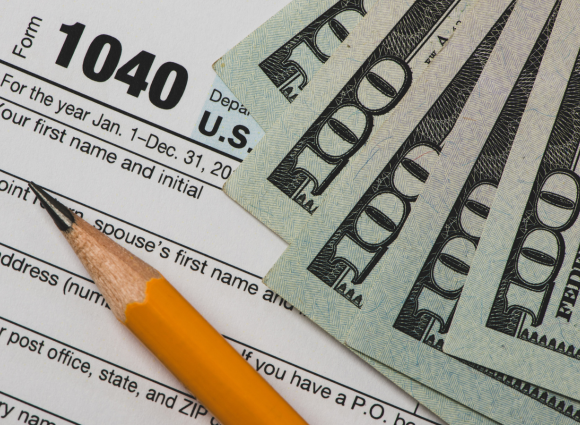
Tax Benefits of Utilizing a Like-Kind Exchange
With recent skyrocketing real estate prices, it’s tempting to consider selling your appreciated commercial or investment property. But do you want the resulting high tax bill that comes with that increased profit? A like-kind exchange can be a solution.
Under Section 1031 of the Internal Revenue Code, if you exchange real property used for business or investment purposes for a like-kind, you can defer taxes on the transaction. On the date of the exchange, the property must be classified as real property under the state or local law in which the property is located or considered as real property based on the facts and circumstances. The property cannot be real property held primarily for sale.
Note – under the Tax Cuts and Jobs Act (TCJA), like-kind exchanges completed after December 31, 2017, are no longer allowed for personal property such as equipment and certain personal property building components.
Here’s how it works: If you’re exchanging one asset for another, no gain is recognized for the exchange. Your cost for tax purposes (basis) in the replacement property will be the same as that in the relinquished property. Report like-kind exchanges on IRS Form 8824, Like-Kind Exchanges, even if there’s no recognized gain.
If the value of the two properties is not equal, often cash is also exchanged to even up the transaction, known as “boot”. In this case, the cash profit is recognized as gain for tax purposes, but only up to the amount of boot received. In this situation, your basis in the new (replacement) property will be the value of the relinquished property less the value of boot received plus the amount of any recognized gain.
For example:
- You exchange land with a value of $100,000 for a business building valued at $120,000 plus $15,000 in cash.
- Your realized gain on this transaction is $35,000 – $20,000 for the value of the replacement property above the value of the relinquished property plus the $15,000 boot. However, because this is a like-kind exchange, you only have to recognize gain equal to the $15,000 boot.
- Your basis in the new building is $100,000.
If the relinquished property carries debt, the amount of the debt relief is treated as boot, just as if the purchaser had given you cash equal to the amount owed. If you take over debt on the replacement property, you’re considered as receiving debt up to the amount of your net debt relief – the difference between the debt on the relinquished property and the debt on the replacement property.
Like-kind exchanges can make sense when disposing of investment, trade, or business real property. Contact your Mize tax advisor for more information about your specific situation.



